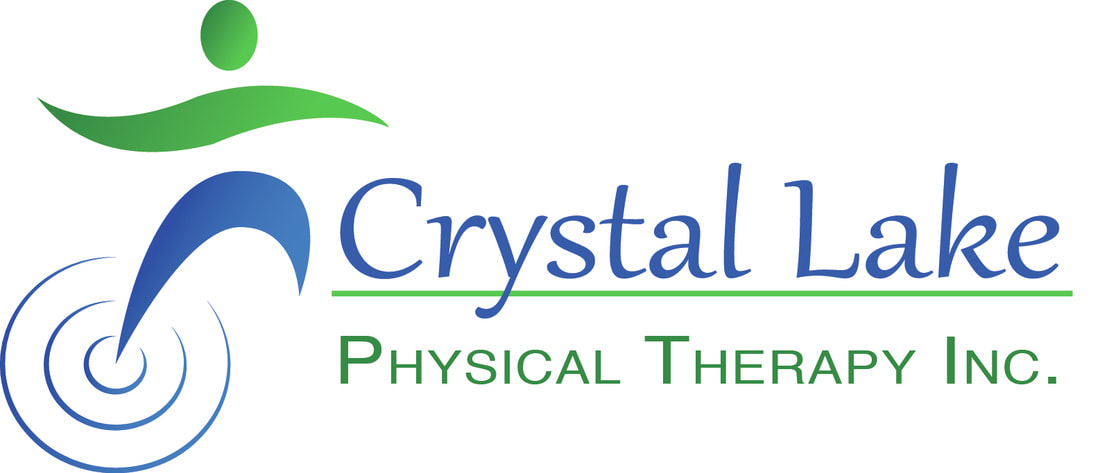 You’re in your twelfth week of marathon training, and one morning you wake up to a sharp pain around your knee. You wait a few hours and pop a few ibuprofens, but the pain doesn’t subside. Who should you see? While it’s always a safe bet to consult your doctor, chances are they’ll recommend seeing a physical therapist, too. Physical therapists can help treat injuries and ease joint pain, but they can also help you become fitter and healthier, overall. Physical therapists are trained to recognize postural distortion patterns and other habits that could predispose you to injury both on and off the field. Doctors of Physical Therapy are movement specialists trained to keep the musculoskeletal system healthy. They are educated to recognize postural habits and biomedical disadvantages of each individual’s unique body. What Physical Therapists Can Do (That Your Doctor Can’t) 1. Assess your injury risk.The same way you see your primary care doctor for an annual check-up, it is also recommended that you get a full movement screen and postural assessment from a physical therapist. Movement screens can let you know where your weaknesses are, and where it’s most important to focus your efforts. A physical therapist can pick out subtle postural habits that could predispose you to injury depending on your activity. Being aware of these habits, in addition to knowing how to work on them, gives you the tools to stay injury-free all year-long. 2. Find the best type of workout for you. Physical Therapists gather all of your information from prior surgeries, diet, lifestyle, body type, body mechanics and posture to determine what activities would best fit your physique. Everyone has different muscle imbalances, range of motion and alignment issues, but a physical therapist can spot them and make recommendations accordingly. Have tight hip flexors from sitting all day? Cycling — in a similar seated position — might not be the best choice for you. Meanwhile, if you’ve got tight hamstrings from running several times a week, stretching those muscles with yoga could have positive results. PTs can also prep you for whatever’s in the pipeline. If you’re starting a new type of exercise or trying to increase the intensity of a current exercise routine, a prehab program will help you work through your personal issues. Not everyone may be cut out for running or spinning or even yoga, believe it or not! Targeted prehab before starting a new sport or challenge will help address muscle imbalances to prevent injury. That can include anything from mobility exercises for improved range of motion to mini band work for glut activation and strength. 3. Speed up your recovery.Many physical therapists will recommend massage or compression socks, pants or sleeves to help with recovery, in addition to foam rolling and mobility work. Additionally, physical therapy treatment often utilizes modalities such as ultrasound, infared light and cold laser treatments to help accelerate the healing process by reducing inflammation, improving circulation and reducing pain. Each of these FDA approved technologies are commonly used in an outpatient physical therapy setting. 4. Correct your alignment and postural issues.Feel stiffness in your neck and back, or areas of weakness and fatigue? It might be the result of a postural distortion, which can stem from repetitive movements (think: distance running, or carrying a heavy bag on one shoulder) or from muscle imbalances that send your alignment out of whack. With a simple assessment, your PT will be able to pinpoint where your specific issues are and how to deal. Someone who incorporates high variation in type and direction of movement will have a different postural presentation than someone who performs the same exercise, such as running. A physical therapist can recommend certain exercises and stretches that help improve your posture and balance. How to Get Started With A Physical Therapist If you are ready to take the next step towards health and wellness then please click below on the link to schedule an appointment. As a reminder, you no longer need a prescription or a referral from your physician to see a Physical Therapist in the State of Illinois (as of August 2018). So don't hesitate and give us a call today! (815)893-8480
4 Comments
Bill meyer
1/21/2019 03:52:44 am
Hi you guys glad to see you are doing so well i see gem all over town i really need to stop in and see you guys. Go Cubs :)
Reply
Emily
1/23/2019 01:41:39 pm
Thanks for your comment Bill! We would love to see you! Stop by anytime! :-) Thanks for thinking of us!
Reply
5/2/2023 07:45:37 am
My aunt was in a car accident a few weeks ago, and she still hasn't fully recovered. That's why I believe she'd benefit from reading your insight about speeding up your recovery with physical therapy, so I'll suggest it soon. I appreciate your intake on how physical therapists reduce inflammation and pain.
Reply
Leave a Reply. |
AuthorEmily Craigen, owner of Crystal Lake Physical Therapy, is a Doctor of Physical Therapy and a local Crystal Lake resident who is excited to bring health and wellness to her community. Archives
August 2023
Categories |
- Home
- About Us
-
What We Treat
- Arthritis
- Balance and Gait Disorders
- Back Pain and Sciatica
- Chronic Pain
- Elbow, Wrist and Hand Pain
- Fibromyalgia
- Hip and Knee Pain
- Incontinence
- Motor Vehicle Accident Injuries
- Multiple Sclerosis
- Neck Pain
- Pelvic Pain
- Pre-Surgical Rehab
- Post Surgical Rehab
- Shoulder Pain
- Sports Injuries
- TMJ Dysfunction
- Vestibular Rehab
- Work Injuries
- Myofascial Release
- MPS/Dolphin Neuro Stim
- Become A Patient
- Contact Us
- Blog
- Workshops
- Patient Resources



 RSS Feed
RSS Feed